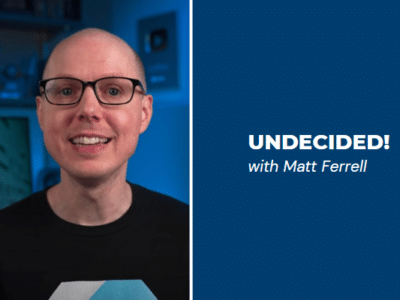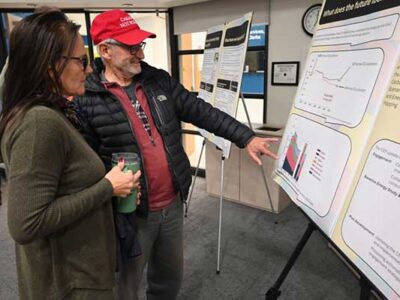- Even pre-pandemic, the sector already had plans to cancel major infrastructure projects like pipelines.
- Most of the new electricity generation coming online today is coming from solar and wind.
- Tending to the plight of those workers whose jobs are lost will have to be part of the energy-options puzzle.
“Serious stress, serious stress.”
“An industry in its last days.”
“Steady decline [in growth, demand] for the past decade.”
“Cratering.”
Those are a few of the characterizations of today’s oil, natural gas, and coal industries put forward by several independent journalists, writers, and analysts in the new edition of the “This is Not Cool” video series.
… And then, along came the coronavirus and the COVID-19 challenges, providing one more blow to the energy industry.
Even pre-pandemic, the conventional energy sector “already had plans to cancel major infrastructure projects like pipelines,” independent journalist Keith Schneider told Yale Climate Connections. And with the pandemic, oil and gas experienced “the worst body blow in its modern contemporary history,” he said.
Journalist and writer Antonia Juhasz agree, pointing to “an industry in its last days, it’s just getting hit from too many sides.”
“Most of the new electricity generation coming online today is coming from wind and solar,” says Houston Chronicle reporter Chris Tomlinson. And professor Dan Kammen of the University of California Berkeley says solar and wind have been the cheapest energy options worldwide for at least the past three consecutive years.
Kammen also says that he believes solar and wind energy initiatives can advance two to three times as many job opportunities as traditional fossil fuel projects: That would be critical to help long-time coal and other fossil fuel industry employees whose decades of work has been critical to economic development … and who society cannot simply leave stranded as momentum turns toward a clean economy. Tending to the plight of those workers whose jobs are lost will have to be part of the energy-options puzzle, interviewees say.
—
This article was written by Peter Sinclair. It was originally published on “Yale Climate Connections “. It has been republished here in accordance with the website’s Terms of Use.













Comments